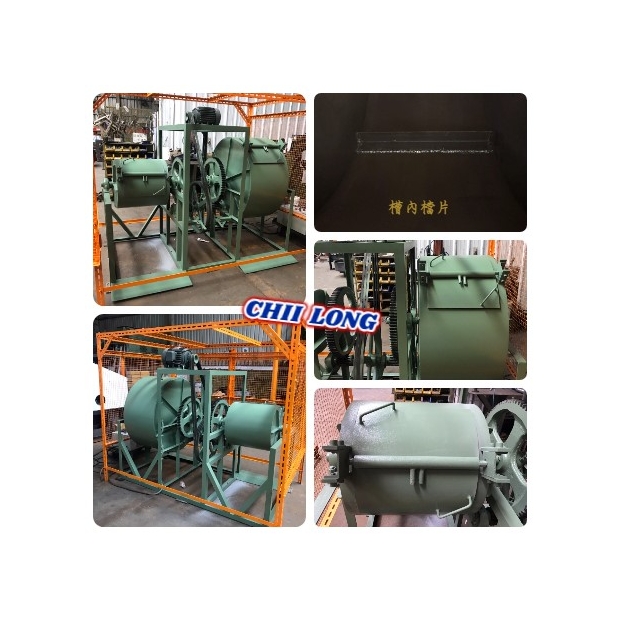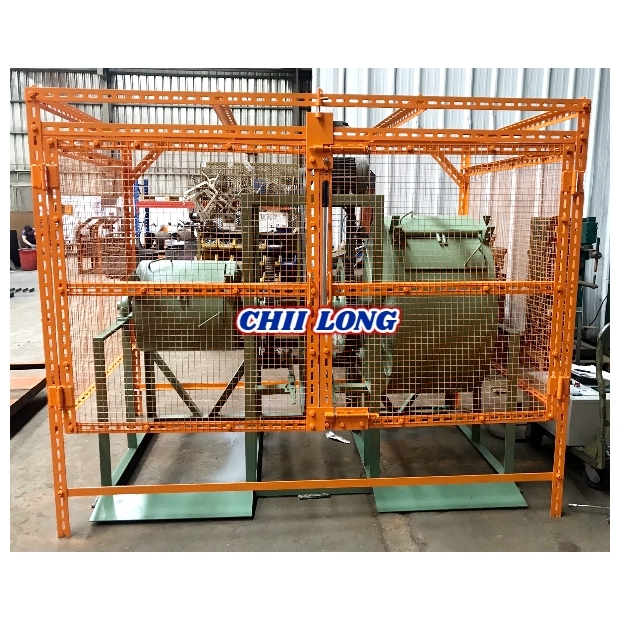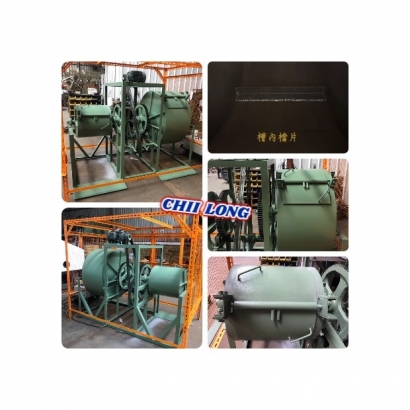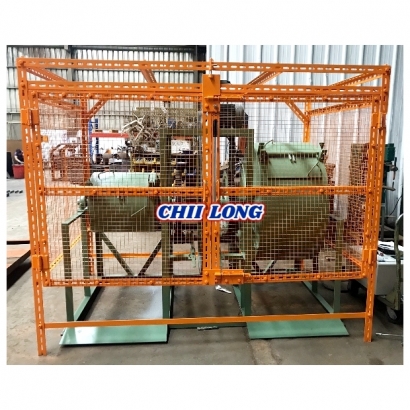Grinding Principle & Applications
1. Grinding Principle
-
Centrifugal Force: When the equipment rotates, the grinding media (such as zirconia balls, alumina balls, etc.) and materials are subjected to centrifugal force, moving along the inner wall of the grinding chamber.
-
Friction & Collision: Friction between the grinding media, materials, and chamber wall, as well as collisions among the media and materials, cause the materials to be crushed and ground into finer particles.
-
Process: Continuous rotation generates repeated impacts and friction, enabling pulverization, homogenization, or mixing of the materials.
2. Grinding Media
Different grinding media are suited for different materials and requirements. Selection should consider hardness, wear resistance, chemical stability, and cost:
-
Zirconia Balls
-
High hardness and excellent wear resistance, ideal for high-purity material grinding.
-
Strong chemical stability, suitable for chemicals, coatings, and high-value materials.
-
Commonly used in precision grinding such as ceramics and electronic materials.
-
-
Alumina Balls
-
Slightly lower hardness than zirconia, but more cost-effective.
-
Suitable for grinding minerals, ceramic raw materials, and medium-hardness materials.
-
Corrosion-resistant, applicable in chemical grinding.
-
-
Stainless Steel Balls
-
Medium hardness with good corrosion resistance.
-
Suitable for harder materials such as ores and slag.
-
-
Glass Beads
-
Lower hardness, best for softer materials or applications with less demanding requirements.
-
Cost-effective, widely used in coatings, pigments, and light grinding or dispersion.
-
3. Application Fields
-
Chemicals: Grinding chemical reagents or powders to ensure uniform particle size and improved reaction efficiency.
-
Coatings: Milling pigments or fillers down to nano- or micron-scale for better dispersion and gloss.
-
Minerals: Pulverizing ores to extract valuable components or produce mineral powders.
-
Large Slag and Furnace Residues: Grinding industrial by-products (such as blast furnace slag) into fine powder for use in cement, concrete, or other construction materials.




